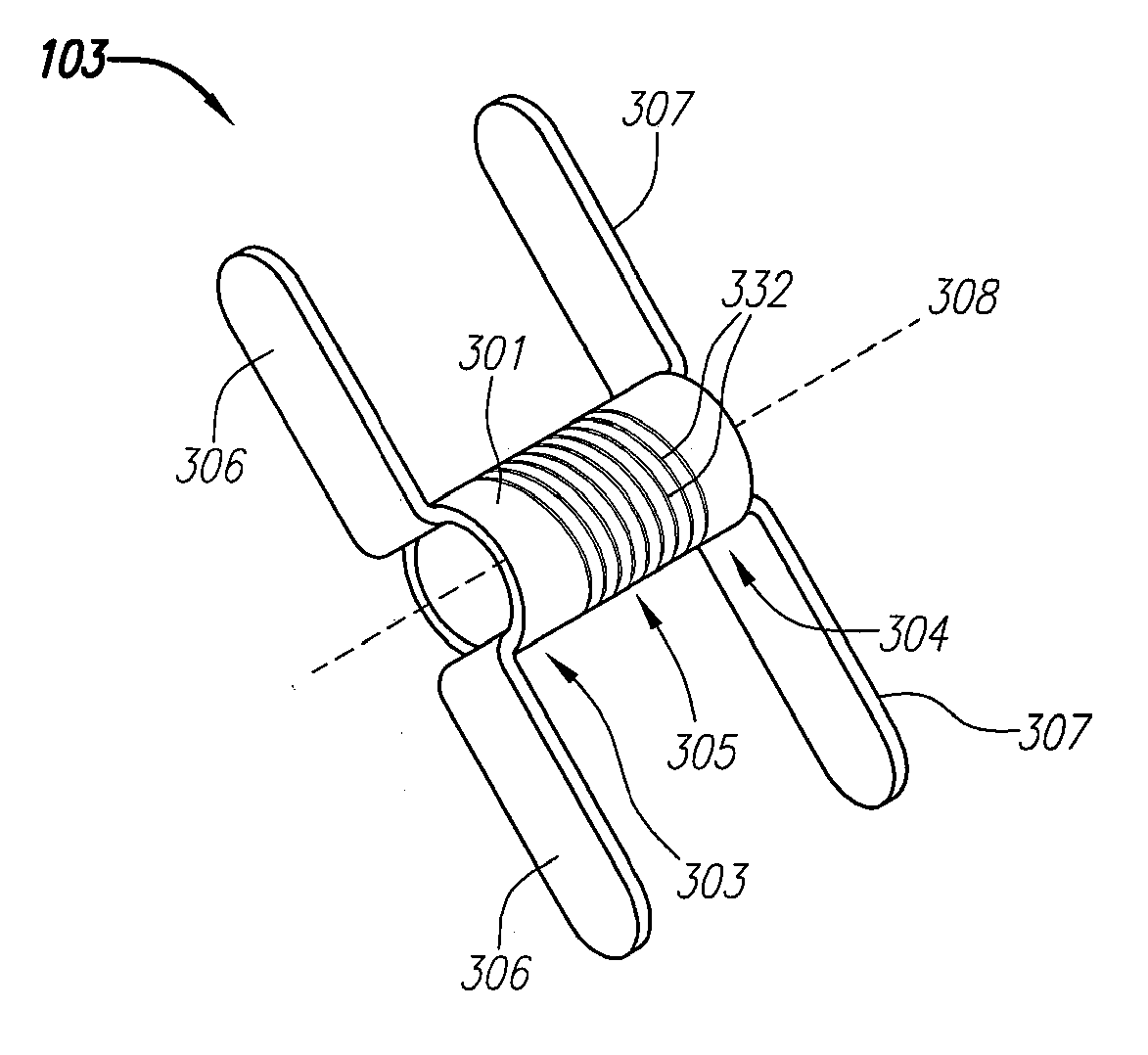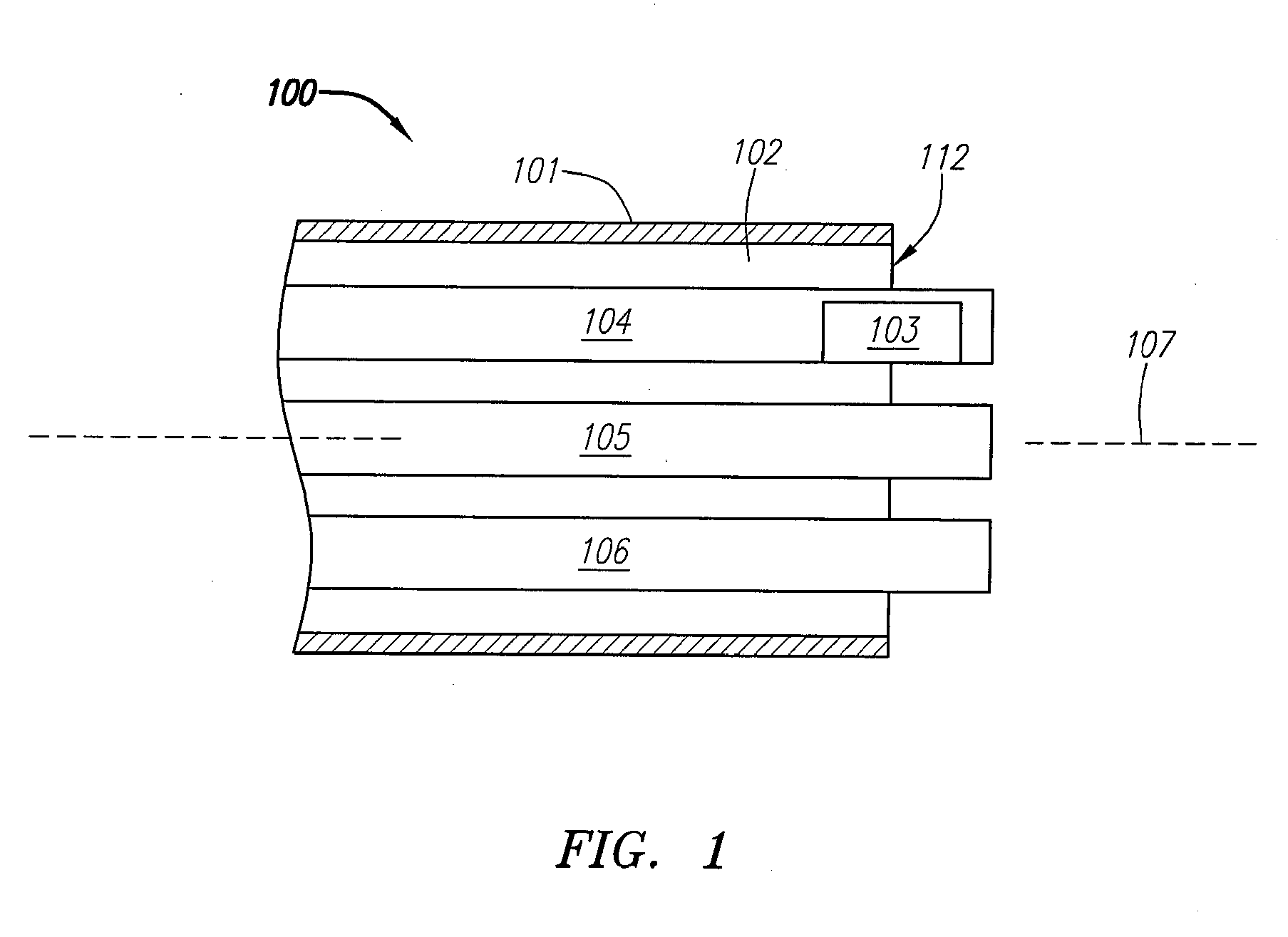Clip-Based Systems And Methods For Treating Septal Defects
a technology of septal defect and clip, applied in the field of clips for treating internal tissue defects, can solve the problems of high risk, serious complications for patients, and inherently difficult treatment of internal tissue defects
- Summary
- Abstract
- Description
- Claims
- Application Information
AI Technical Summary
Benefits of technology
Problems solved by technology
Method used
Image
Examples
Embodiment Construction
[0103] Deformable clip-type devices for treating internal tissue defects are described herein, along with systems for delivery of those devices as well as methods for using the same. For ease of discussion, these devices, systems and methods will be described with reference to treatment of a PFO. However, it should be understood that these devices, systems and methods can be used in treatment of any type of septal defect including ASD's, VSD's and the like, as well as PDA's, pulmonary shunts or other structural cardiac or vascular defects or non-vascular defects, and also any other tissue defect including non-septal tissue defects.
[0104]FIG. 1 is a block diagram depicting a distal portion of an exemplary embodiment of a septal defect treatment system 100 configured to treat and preferably close a PFO. In this embodiment, treatment system 100 includes an elongate body member 101 configured for insertion into the vasculature of a patient (human or animal) having a septal defect. Body...
PUM
 Login to View More
Login to View More Abstract
Description
Claims
Application Information
 Login to View More
Login to View More - R&D
- Intellectual Property
- Life Sciences
- Materials
- Tech Scout
- Unparalleled Data Quality
- Higher Quality Content
- 60% Fewer Hallucinations
Browse by: Latest US Patents, China's latest patents, Technical Efficacy Thesaurus, Application Domain, Technology Topic, Popular Technical Reports.
© 2025 PatSnap. All rights reserved.Legal|Privacy policy|Modern Slavery Act Transparency Statement|Sitemap|About US| Contact US: help@patsnap.com



